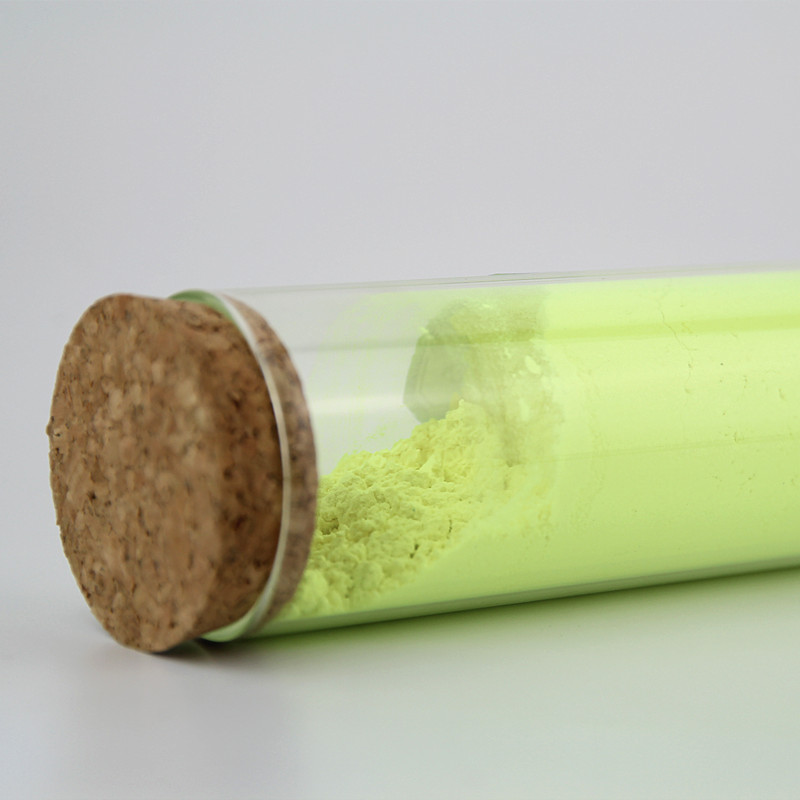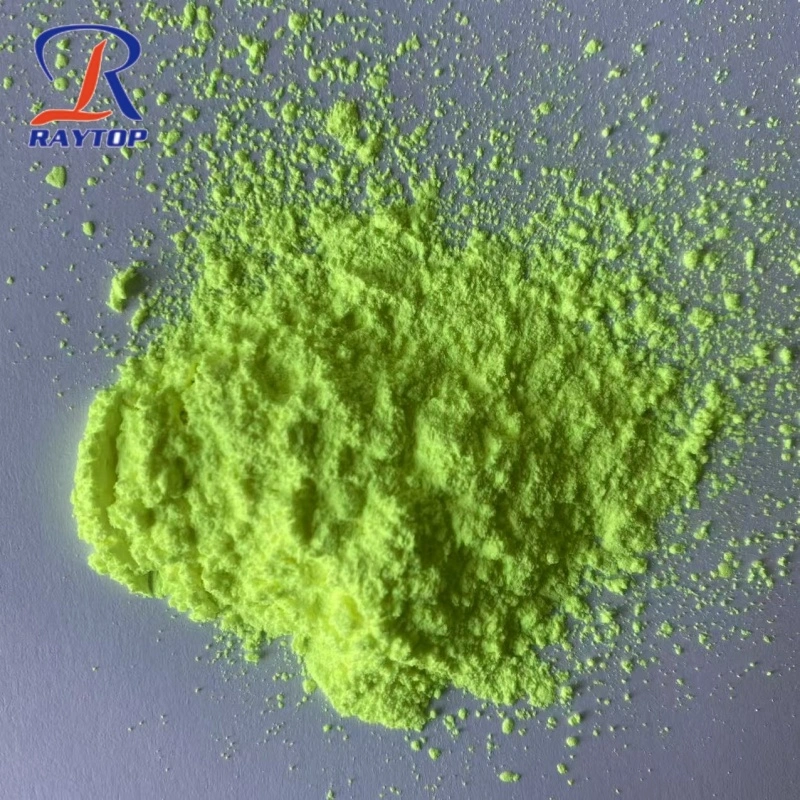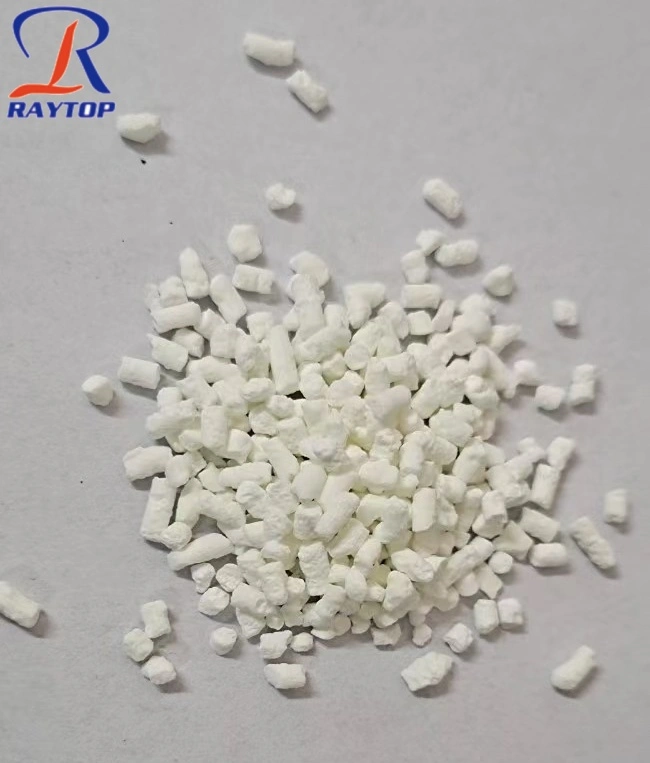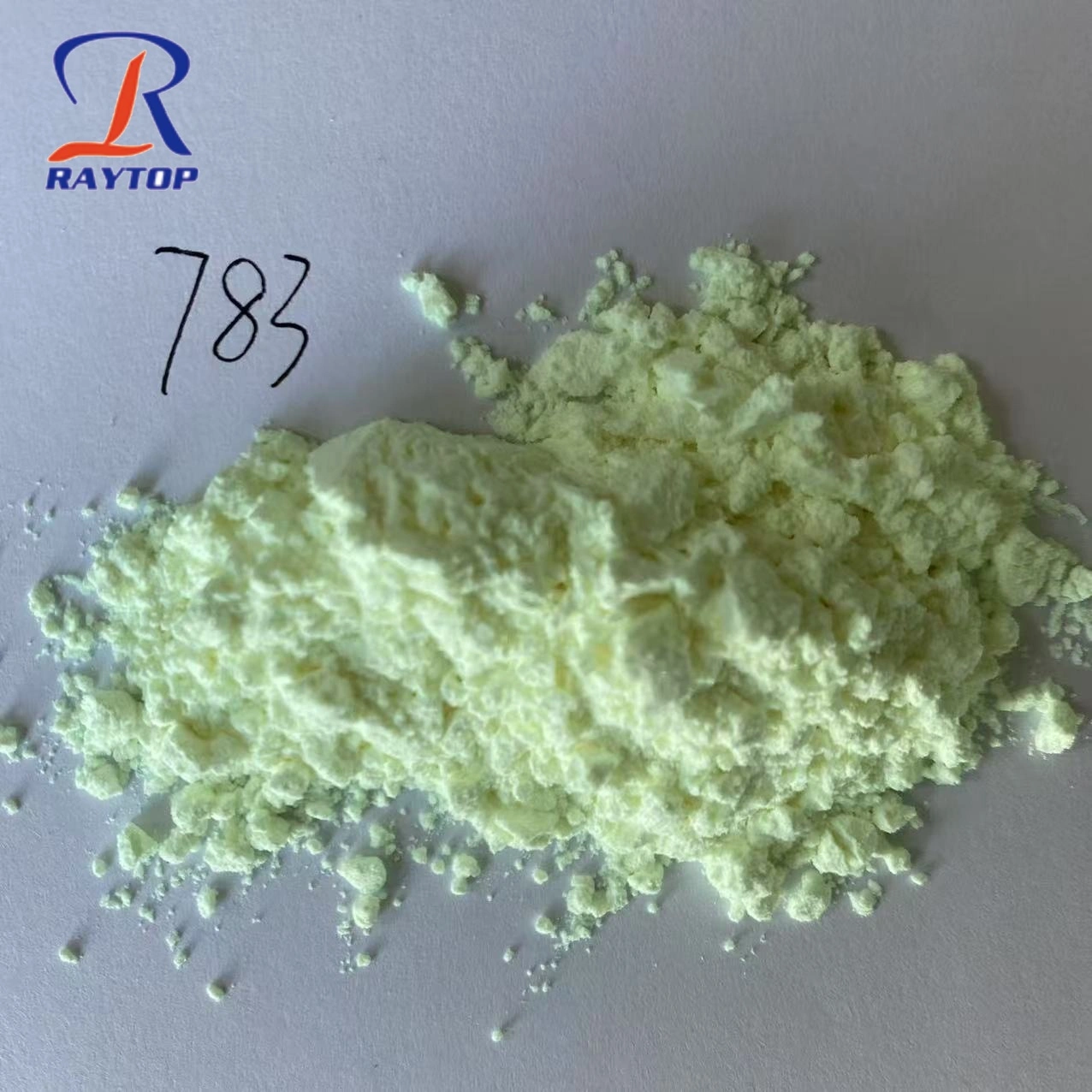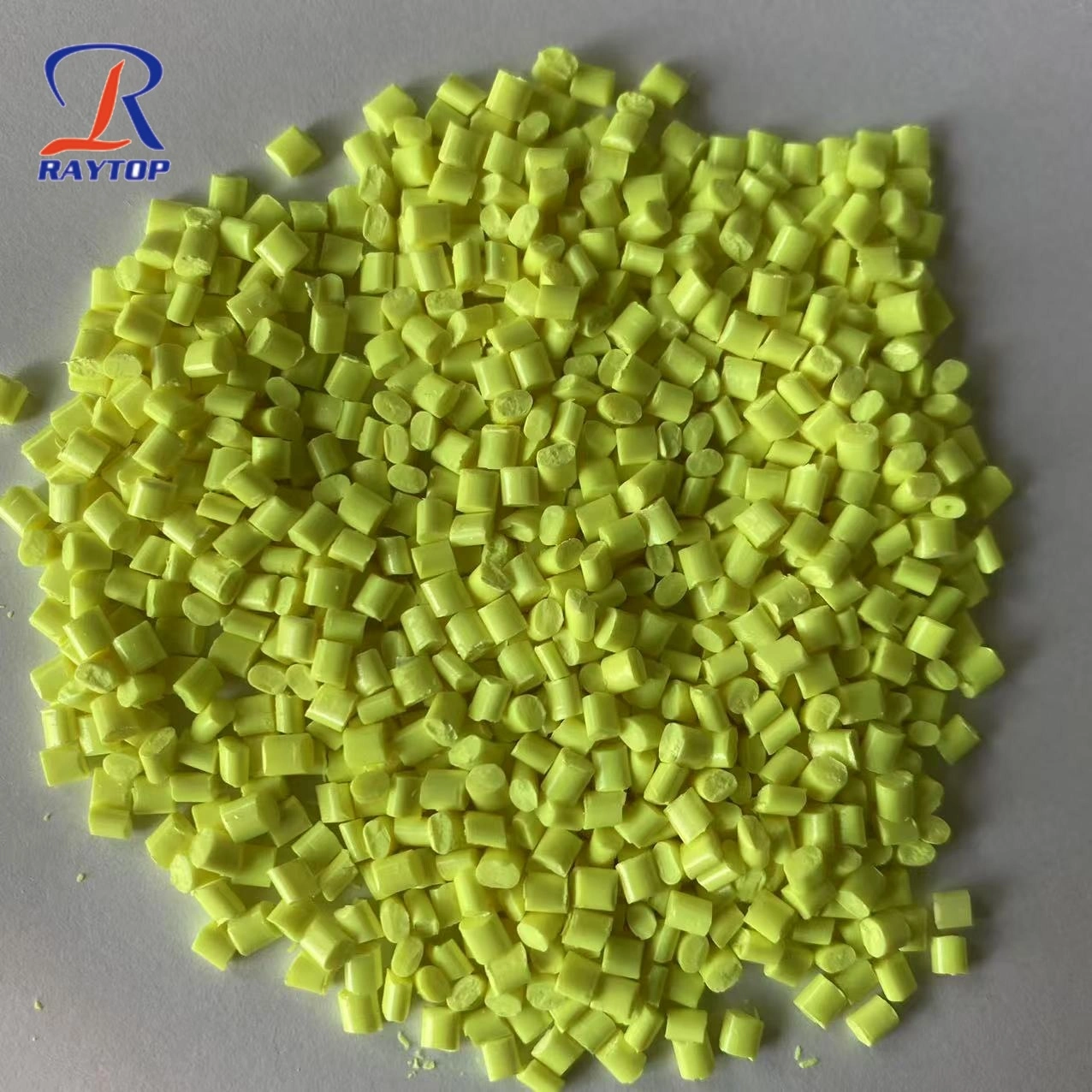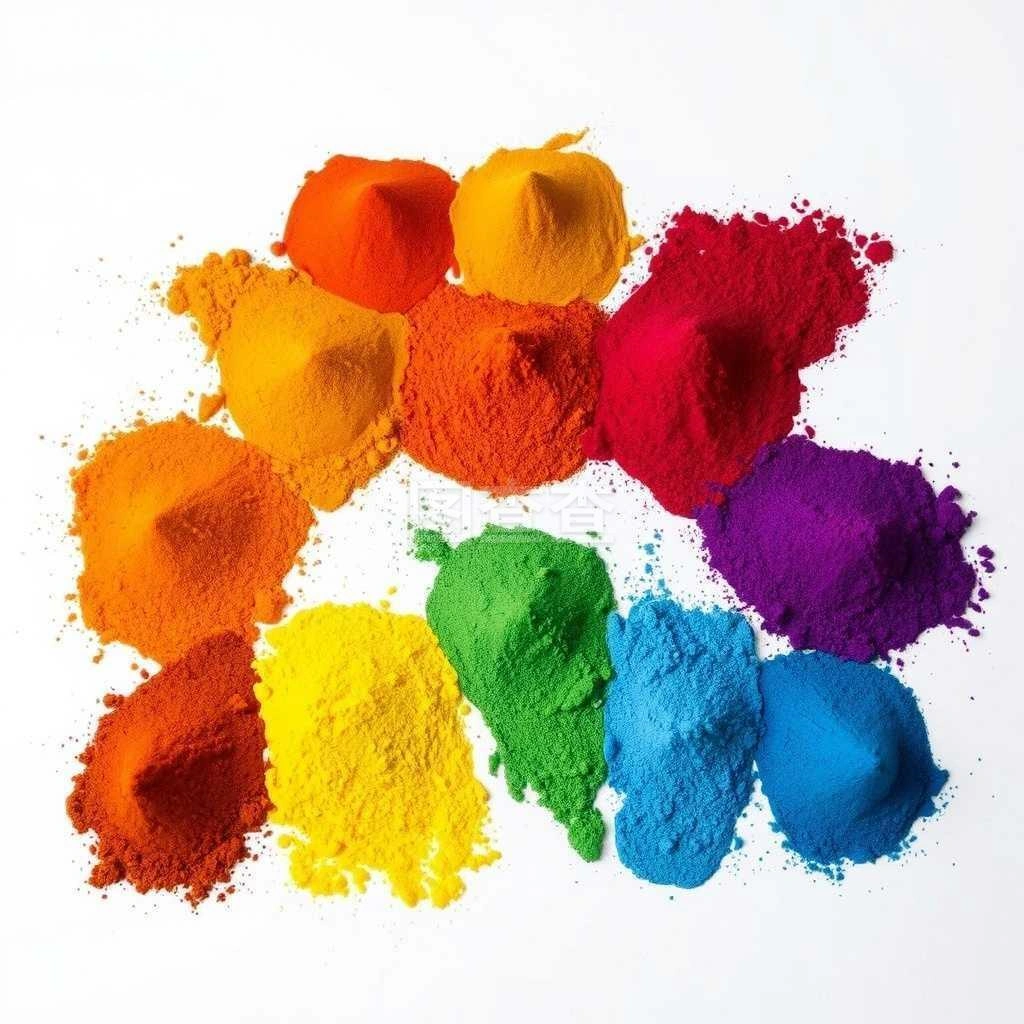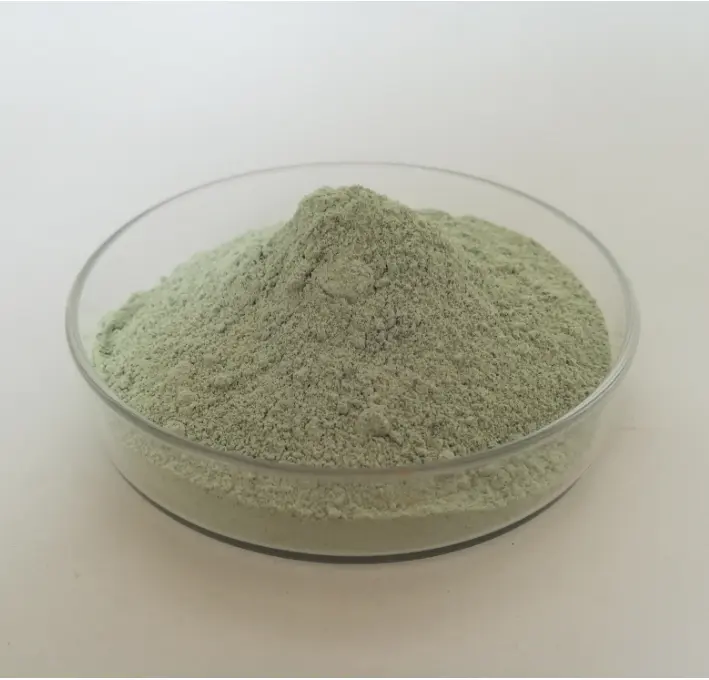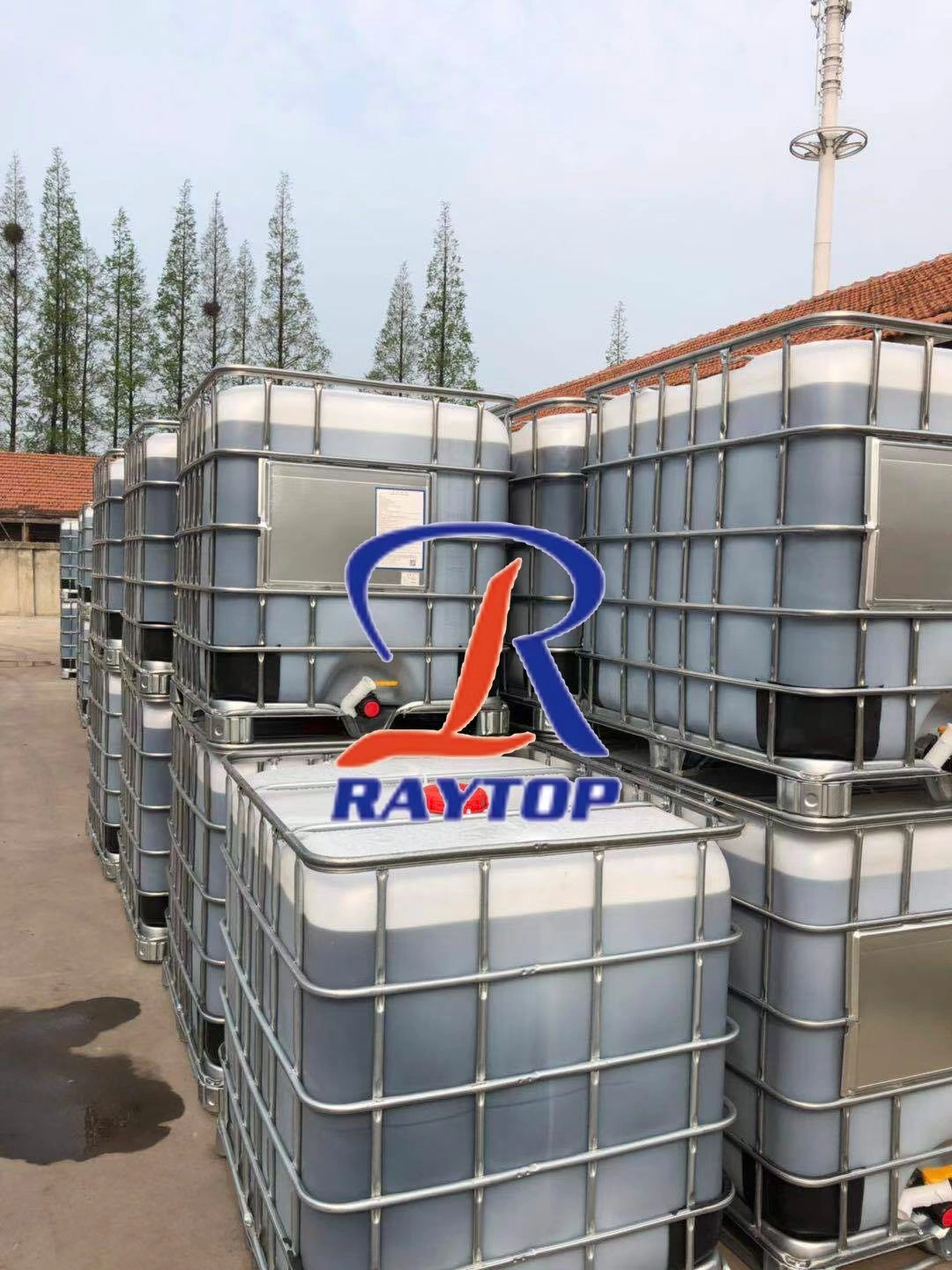Fluorescent brightening agent has always played the role of "MSG" in plastic processing. Adding a few ten thousandths of it can whiten and brighten plastic products and improve the appearance of plastics.
There are many ways to add Fluorescent brightening agent, but their use methods are mainly divided into three types: dry whitening, wet whitening and masterbatch whitening.
Dry whitening:
Plastic dry whitening is to add a certain amount of fluorescent brightening agent dry powder directly to the plastic substrate before plastics, and first mix it with the plastic substrate, and when the extruder reaches the plastic melting temperature, the mixture is extruded Enter the screw to melt, so that the plastic whitener is evenly distributed in the melt, and finally granulate or press to form.
Dry plastic whitening agents are mainly used for the whitening of injection molding of rigid polyvinyl chloride, polyethylene, polypropylene, ABS and other thermoplastic resins. Fluorescent brighteners used in dry-process brighteners are relatively cheap, but have the disadvantages of large dust scattering and environmental pollution.
Wet whitening:
In order to improve the dispersion effect of wet whitening, it is sometimes necessary to add a certain amount of binder to the plastic fluorescent brightening agent to make the plastic optical brightening agent better adhere to the surface of the material to reduce its dust flying and pollution.
Plastic optical brightener can also be dispersed in the auxiliary agent solution and added in batches in the form of auxiliary agent dispersion. For example, when used in soft polyvinyl chloride (PVC), it can be formulated into 10% phthalic acid After the dioctyl ester plasticizer solution, add it in batches.
In the wet whitening process, the plastic fluoresscent brightening agent is a finely dispersed slurry. Because of the non-volatile organic solvent mixed into the plasticizer, it has the disadvantage of being sticky. RAYTOP Chemical generally recommends this whitening method for soft PVC.
Optical Brightener Master Batch:
At present, the use of masterbatch for plastics has become an important means of plastic coloring. When using color masterbatch, as long as the color masterbatch and resin are mixed uniformly in proportion, it can be directly used for the molding process of plastic products.
A small amount of mixing only needs to be done by hand. In the case of a large amount of processing, in order to ensure the dispersion of the masterbatch, mechanical mixing can be used. After the masterbatch is mixed with the resin plastic machine, it can be sent to an injection molding machine with a pre-plastic device for coloring while pre-molding.
Precautions:
1.The amount of fluorescent brightening agent must be controlled well. The amount of optical brightener added is not as good as possible. Excessive amount will make the plastic yellower.
2. The optical brightener and raw materials must be mixed evenly.

